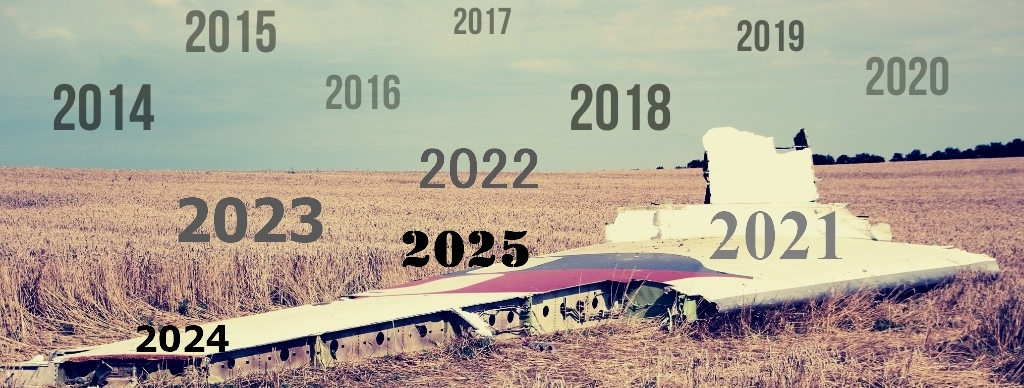150
APPENDIX U
FLYING OVER CONFLICT ZONES - RISK ASSESSMENT
Introduction
As established in section 7, operators assumed that Ukraine, as the airspace manager,
ensured the safety of air traffc. However, the country’s situation was rather complex;
major interests other than civil aviation also played a role, such as State security.
Moreover, Ukraine did not always possess a complete overview of what was playing out
in the conflict area. Other countries did not either. There may have been countries that
closely monitored developments in the area, but in doing so their focus was on
geopolitical and military-strategic aspects. Nobody seemed to realise that there was
busy traffc involving civil aeroplanes high above the area and that it was potentially at
risk. Consequently, other countries also failed to issue any warnings about potential
threats to civil air traffc.
Immediately after the crash of flight MH17, reports appeared in the media stating that
some operators had stopped flying over the eastern part of Ukraine prior to the crash,
while others continued to fly over the conflict area. Thus the suggestion was that the
operators that had stopped possessed more or better information about the armed
conflict and that this information could have or should have been shared with other
operators. There was also the idea that some authorities possessed threat-related
information that they could or should have shared.
Section 7 describes how, from mid April through 17 July 2014, virtually all operators that
flew over the eastern part of Ukraine, continued to do so. Some operators did stop
earlier, but with a few exceptions these had stopped before the conflict in the eastern
part of Ukraine started. In addition, in the period that the conflict expanded into the
airspace no state prohibited operators and airmen based in that state to fly over the
area, or explicitly warned of possible threats in the air as a result of the armed conflict.
The idea that crucial information was not shared with operators, does not appear to be
true. There must be another explanation for the fact that so many parties did not identify
the risk to civil aviation.
This explanation is that all parties adopted a selective focus. Ukraine, operators, other
states and international organisations acted from their own perspective, which meant
that the relevance of events that fell outside this immediate perspective was not
identifed. The consequence was that the emergence of a weak link (airspace
management) in the system of responsibilities did not result in other involved parties
taking action to help ensure civil aviation safety above the conflict area. No effective






